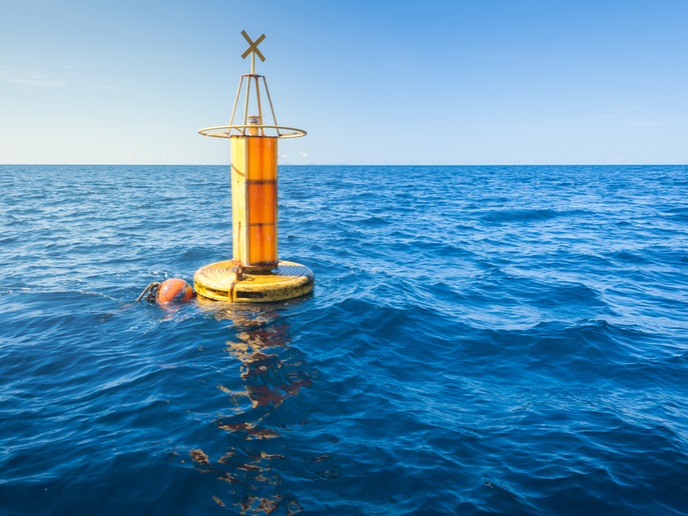Novel wave energy generator and ocean buoy provide power and better data
Data buoys record and transmit information about the ocean. They are widely used in oceanographic research. The buoys require little power, but supplying that is challenging. Buoys are often far from land, therefore connecting them to land based power sources is highly impractical. To date, a number of buoys have been solar powered; however, solar energy varies seasonally, especially in high latitudes. The power problem also limits the amount of available research data. In many cases, more power would mean more data, which would improve understanding of the oceans. The EU-funded eForcis(opens in new window) project developed a power solution for ocean buoys. The project introduced the eForcis wave power generator and the BeForcis data buoy for aquaculture. These names derive from ‘Forcis’, an ancient Greek deity; the team added ‘E’ for energy, and ‘B’ for buoy. The buoy’s shape has been specially designed to accommodate the generator and to optimise the energy generated. The power generated by eForcis, in combination with solar power, runs numerous sensors, plus cameras and other instruments.
Wave power in action
The eForcis wave generator does not provide power to the land. “It is a device that takes advantage of wave oscillations to convert some of that movement into electrical power,” explains Héctor Martín, eForcis coordinator. The amount of power varies considerably, depending on the wave conditions. The maximum output was recorded at 300 W, off the coast of Ireland and during winter when the waves were largest. However, since maximum power is not a very useful parameter, researchers measured instead the generator’s capacity to charge batteries, which averages around 5 Ah per day. Solar panels provide a similar amount of power, giving a daily total of 10-12 Ah. Combining wave and solar power offers a stable power source and doubles the power available to date from standard wholly solar powered buoys.
Further applications
BeForcis can be used with a surveillance camera to improve business security in offshore fish farms. Yet, many other applications are also possible, such as tsunami early warning networks. All data buoy networks operated by European agencies could benefit from this technology. The extra power could translate to increased data capacity. The project suffered several setbacks concerning the availability of suitable software experts and the participation of key partners. For these reasons, all components have been tested separately; however, full scale ocean testing has not been possible yet. Researchers had also hoped to begin manufacturing BeForcis during the second half of 2020. “Unfortunately, the Covid 19 crisis complicated this goal a lot,” adds Martín. “We had to invest our remaining financial resources in surviving the crisis. We will need to obtain more funds to begin manufacturing,” explains Martín. In the meantime, the team will install eForcis into an existing buoy belonging to a potential customer to establish a ‘trade and buy’ agreement. Despite setbacks, the eForcis generator and BeForcis buoy should eventually make an important difference for oceanographic research and Blue Economy industries, such as aquaculture. More power means more data, and that means improved understanding.







